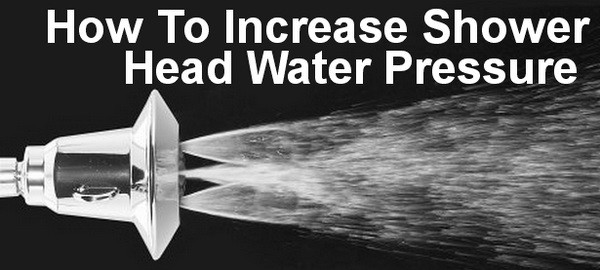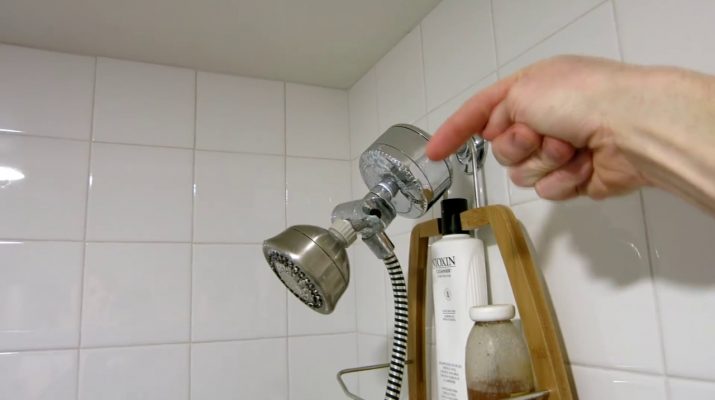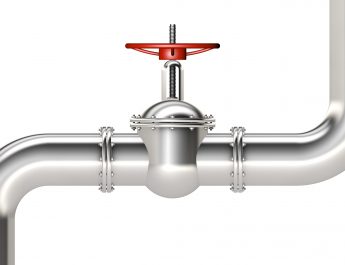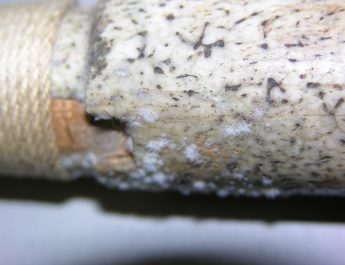You may have noticed the water pressure to your faucet or shower has recently decreased, and now you’re wondering how to increase the water pressure. The query regarding how do touch faucets work often make people choose their alternatives for fear of facing this situation. While the lower water pressure coming through your faucet or shower head may be a result of many things, one simple way to possibly increase it is to check if the flow restrictor in the faucet or shower head isn’t clogged.
Sometimes foreign debris, for any number of reasons, makes its way all the way to a flow restrictor in a faucet or shower head and can’t go any further because, well, the flow restrictor restricted it from flowing any further.

How to Increase the Water Pressure to Your Faucet or Shower: Larger Clogging Debris
Sometimes debris is even too large to make it through the faucet, much less whatever flow restrictor may be on it. To check to see if such is the case, after turning the water valve off, the entire faucet itself has to be removed, and then the water valve opened again for a minute to allow water to freely flow, taking with it any foreign debris that may have been clogging the water flow and decreasing the water pressure. Place a large bucket over any upright faucet openings, such as kitchen sinks, to divert water back into the kitchen sink rather than just spraying water everywhere else but the kitchen sink.
How to Increase the Water Pressure to Your Faucet or Shower: Flow Restrictor
What’s a flow restrictor and where is it? A flow restrictor is just what it sounds like: an apparatus that restricts flow. A shower head itself restricts flow into a pattern different than the heavier volume of flow that would come out of the pipe had the shower head not been present to restrict its flow. In a faucet, oftentimes its simply an aerator, which is that screen you may have seen where the water exits the faucet.
How to Increase the Water Pressure to Your Faucet or Shower: Clogged Flow Restrictor
Unscrew the shower head or the aerator (screen) at the end of the faucet, along with any gaskets that are present. Simply turn the water on for a minute or more, both hot and cold, and if there was any foreign debris that wasn’t able to make it through the flow restrictor, more than likely it flowed on down the drain along with the free flowing water.
Replace the flow restrictor and turn on the water again to see if there is an increase in the water pressure to your faucet or shower. If so, then you hardly need me to belabor the point: You increased the water pressure to your shower or faucet because you cleared out whatever was clogging the flow restrictor, thus decreasing the water pressure. For another reference to essentially the same answer contained in this article click the following link, which takes you to Delta Faucet Customer Support, “Why Does My Faucet Have Low Water Pressure?”





